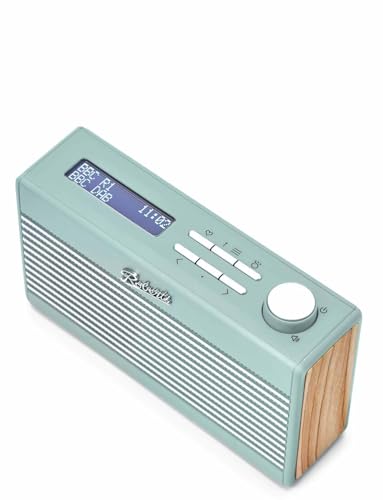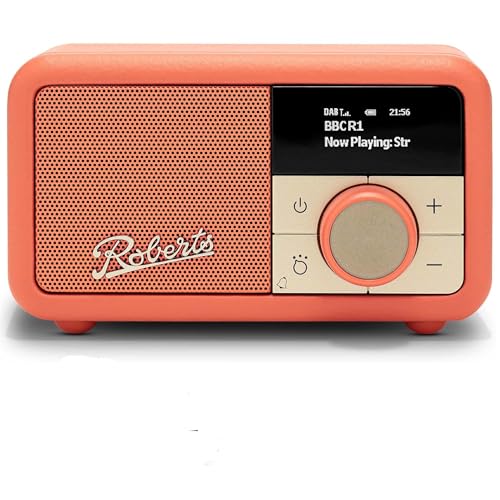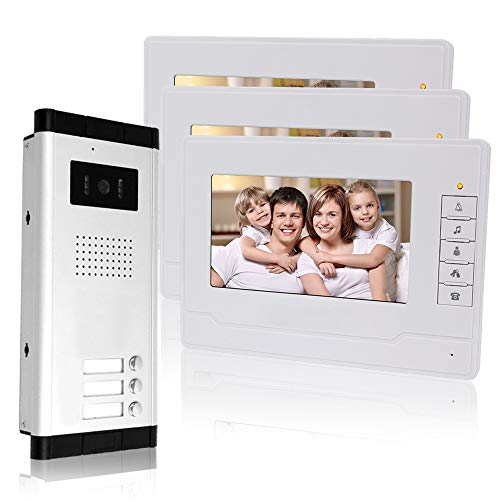Understanding Digital Radio: What It Is and How It Works
What is Digital Radio?
Digital radio is a modern way of broadcasting sound to listeners through digital signals. Unlike traditional AM/FM radio, which transmits analogue signals that can be prone to interference, digital radio delivers clear, uninterrupted sound quality. To put it simply, if you have ever experienced static or poor reception, digital radio eliminates those issues. It utilises a process where audio is converted into digital data, allowing for an improved listening experience.
How Does Digital Radio Work?
The workings of digital radio can be compared to streaming music online. As you likely already know, digital signals are sent over the airwaves, similar to how you stream a song on your phone. Receivers decode these signals into audio output, which means you get to enjoy music, talk shows, and other broadcasts with consistently high quality. You can also benefit from additional features, such as new stations broadcasting more content, information on what you’re listening to, and even song metadata being displayed on the screen of your digital radio.
Choosing the Right Digital Radio for You: Key Features to Consider
Sound Quality
When selecting a digital radio, sound quality should be at the forefront of your decision-making process. Look for models that offer clear audio performance without distortions. Reading reviews about specific radios can give you insight into how well they perform in diverse listening environments.
Portability
If you want to enjoy your favourite tunes while on the go, consider how portable the digital radio is. Some units are compact with built-in batteries, making them ideal for outdoor use or travels. If you prefer to use it at home, a larger model with better speakers might enhance the experience.
Display Features
The display on a digital radio plays a significant role in usability. A well-lit LCD screen showing station information, song titles, and other details allows for easy navigation. Touchscreens or intuitive buttons can simplify the experience, particularly for less tech-savvy users.
Tuner Options
Consider whether you want a single-band radio that only receives digital channels or a multi-band model that also accesses FM and AM frequencies. A multi-band option can be beneficial if you enjoy a mix of digital and traditional radio stations.
Connectivity Options
In today’s connected world, having a digital radio that features Bluetooth or Wi-Fi can be a great advantage. These functionalities allow you to stream music directly from your devices or connect to online radio services, expanding your listening options beyond standard broadcasts.
Top Digital Radio Models Reviewed: Our Expert Picks
Model One: A Premium Choice
Our first expert pick is a premium model known for its superior sound quality and robust feature set. With a sleek design, it supports both FM and DAB reception, ensuring you don’t miss out on your favourite broadcasts. Additionally, Bluetooth capability allows seamless music streaming.
Model Two: Best Value for Money
Next up is a mid-range model that balances quality and affordability. It offers a solid sound performance, easy-to-use interface, and a vibrant display for station information. This model is perfect for everyday use and provides excellent value without sacrificing crucial features.
Model Three: Best for Portability
Finally, we recommend a highly portable digital radio model, perfect for taking to picnics or while travelling. It’s lightweight, has a long-lasting battery, and features clear sound quality, along with a reassuringly durable design that stands up to outdoor elements.
Connecting Your Digital Radio: A Simple Guide
Initial Setup
To get started with your digital radio, it’s essential to set it up correctly. Begin by placing the radio in a suitable location; ideally, somewhere elevated and away from obstructions to ensure optimum reception. Plug it in or insert batteries if it’s a portable model.
Scanning for Stations
Once powered, your digital radio will generally offer an automatic scan feature. This scans for available digital and analogue stations in your area. Simply press the scan button and wait as it stores all available channels, making them easily accessible.
Adjusting Settings
Take some time to familiarize yourself with the settings menu. Adjusting audio settings, such as treble and bass, can significantly impact listening quality. If your model has preset functions, feel free to save your favourite stations for quick access later.
Enhancing Your Experience: Accessories and Tips for Optimal Listening
Consider Add-Ons
To maximise your enjoyment, consider accessories that can improve your listening experience. High-quality headphones can elevate your sound experience, particularly if you enjoy personal listening. For home use, investing in a set of external speakers could amplify audio quality, especially if you’re entertaining guests.
Positioning Your Radio
The positioning of your digital radio can affect performance. Ensure it’s placed near a window or in an open area to catch signals better. Avoid placing it near other electronic devices that could cause interference.
Take Advantage of Streaming Services
Don’t forget that many digital radios now support streaming services. Connecting your radio to your home Wi-Fi network can unlock a vast array of channels and allow you to access your favourite playlists and podcasts, enriching your overall audio experience.























